cherry tree diseases black knot
Black knot is a widespread fungal disease that attacks plum and cherry trees both fruiting and ornamental. Black knot is a cherry tree fungal disease that causes elongated swellings on the woody parts of the tree.

Controlling Black Knot In Michigan Msu Extension
Black knot is a disfiguring and potentially lethal disease of trees and shrubs in the genus Prunus.
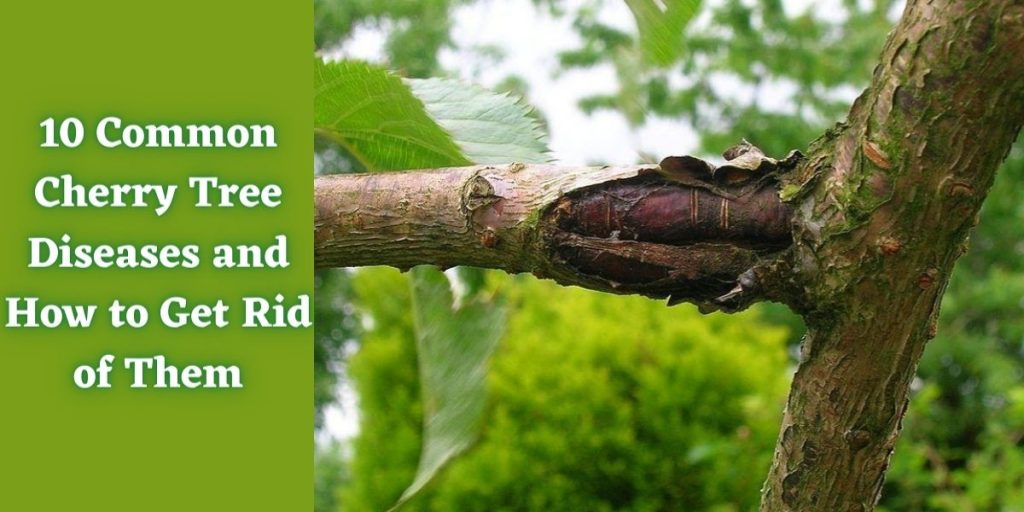
. A survey in Alberta revealed a significant and widespread. Black knot appears on the woody parts of the tree including twigs. Black knot is the most common disease found in the cherry tree lineage.
It creates knobby dark. The fungus Apiosporina morbosa also identified as Dibotryon morbosum and. It is easily recognizable once formed by its rugged irregular dark galls that.
1 Black Knot. Caused by a fungus Apiosporina morbosa black knot is a common disease that affects many types of fruit trees but mainly wild and cultivated plum and cherry trees. This genus includes stone fruits such as wild fruit-bearing and ornamental plums and cherries.
Black Knot caused by the fungus Apiosporina morbosa is a very common disease of plants in the genus Prunus See Table 1. A black knot is a fungus that affects both fruiting and ornamental cherry trees. The pathogens traveling through the wind and rain carry the knot fungus.
Black knot is a fungus Apiosporina morbosa that colonizes members of the Prunus or cherry families. Remove any wild plum and cherry trees from nearby woods and fencerows for at least 500 feet from the new orchard. One of the common cherry tree diseases is Black Knot or Dibotryon morbosum which affects these trees a lot particularly edible ornamental and native types.
Black knot disease is easy to diagnose because of the distinctive black gall on the stems and branches of plum and cherry trees. Once the disease appears in the trees remove the knots. Its easy to spot the knots.
In the wintertime black knot infections become increasingly apparent. Black knot Apiosporina morbosa is a striking disease and a major disease of plum trees in Michigan. They typically start off as olive green in color with a corky.
Black knot caused by the fungus Apiosporina morbosa forms galls on plants in the genus Prunus including plum cherry flowering almond apricot and blackthorn. Black Knot Disease is the infestation of a fungus technically known as Apiosporina morbosa that is common to plum and cherry trees as well as other fruit trees like apricot and peach trees. The warty-looking gall often completely.

The Mystery Of The Black Sacs Indiana Yard And Garden Purdue Consumer Horticulturepurdue University Indiana Yard And Garden Purdue Consumer Horticulture
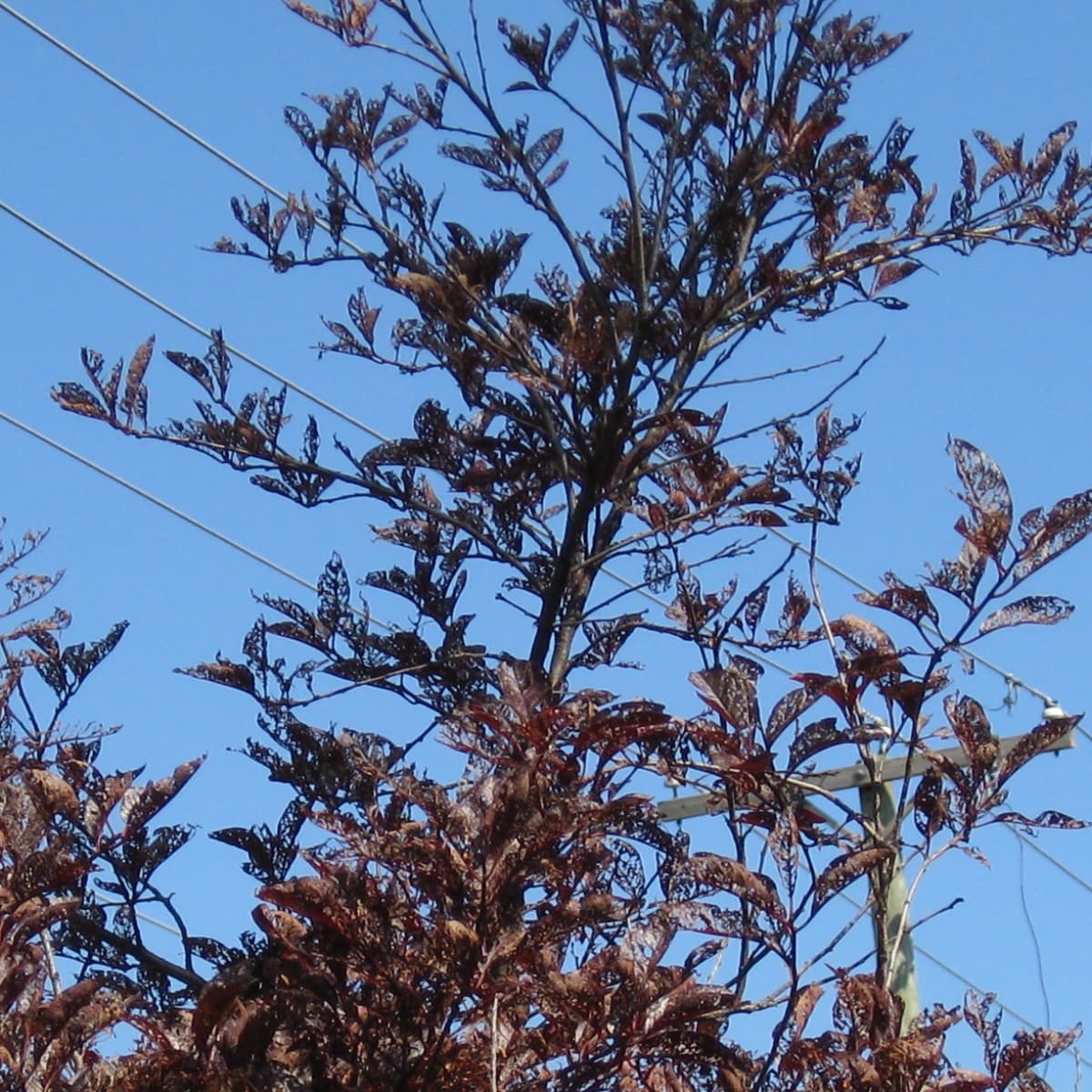
Black Knot Disease Progression Pictures Hubpages
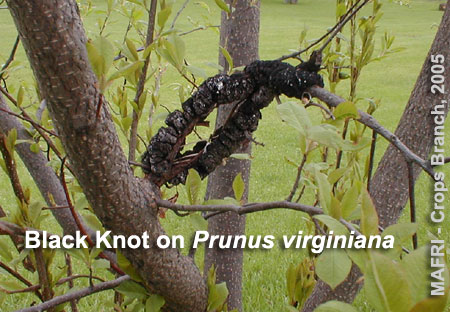
Province Of Manitoba Agriculture Black Knot Of Prunus What Are Those Black Lumps On My Trees

Black Knot Wisconsin Horticulture

What Is Black Knot Fungus Mr Tree

Black Knot Apiosporina Morbosa Wisconsin Horticulture

Black Knot Horticulture And Home Pest News
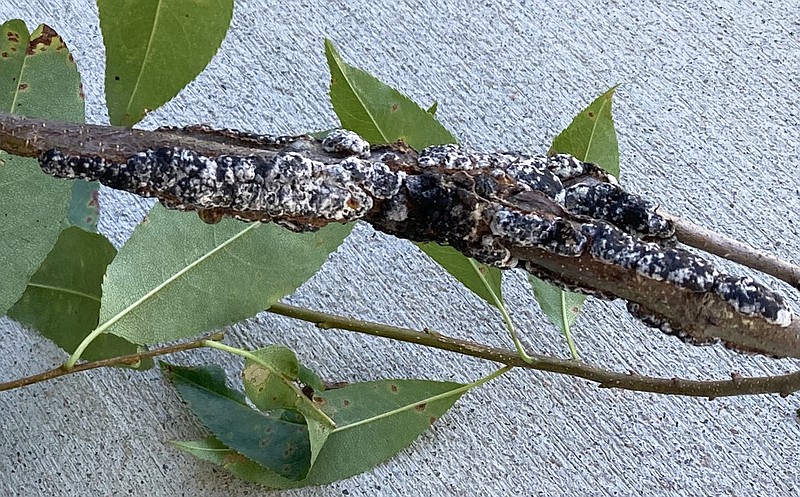
In The Garden Pruning A Branch Infected By Black Knot Fungus Is Best Method Of Control

Black Knot Of Plum And Cherry New England Tree Fruit Management Guide

019 Apiosporina Morbosa Black Knot Fungus Fact Friday

This Will Kill Your Plum Trees How To Get Rid Of Black Knot Fungus Youtube

Cherry Prunus Spp Black Knot Pacific Northwest Pest Management Handbooks

Black Knot Fungus Treating Black Knot Disease In Plums And Cherries

Black Knot On Cherries Plums Home Garden Information Center
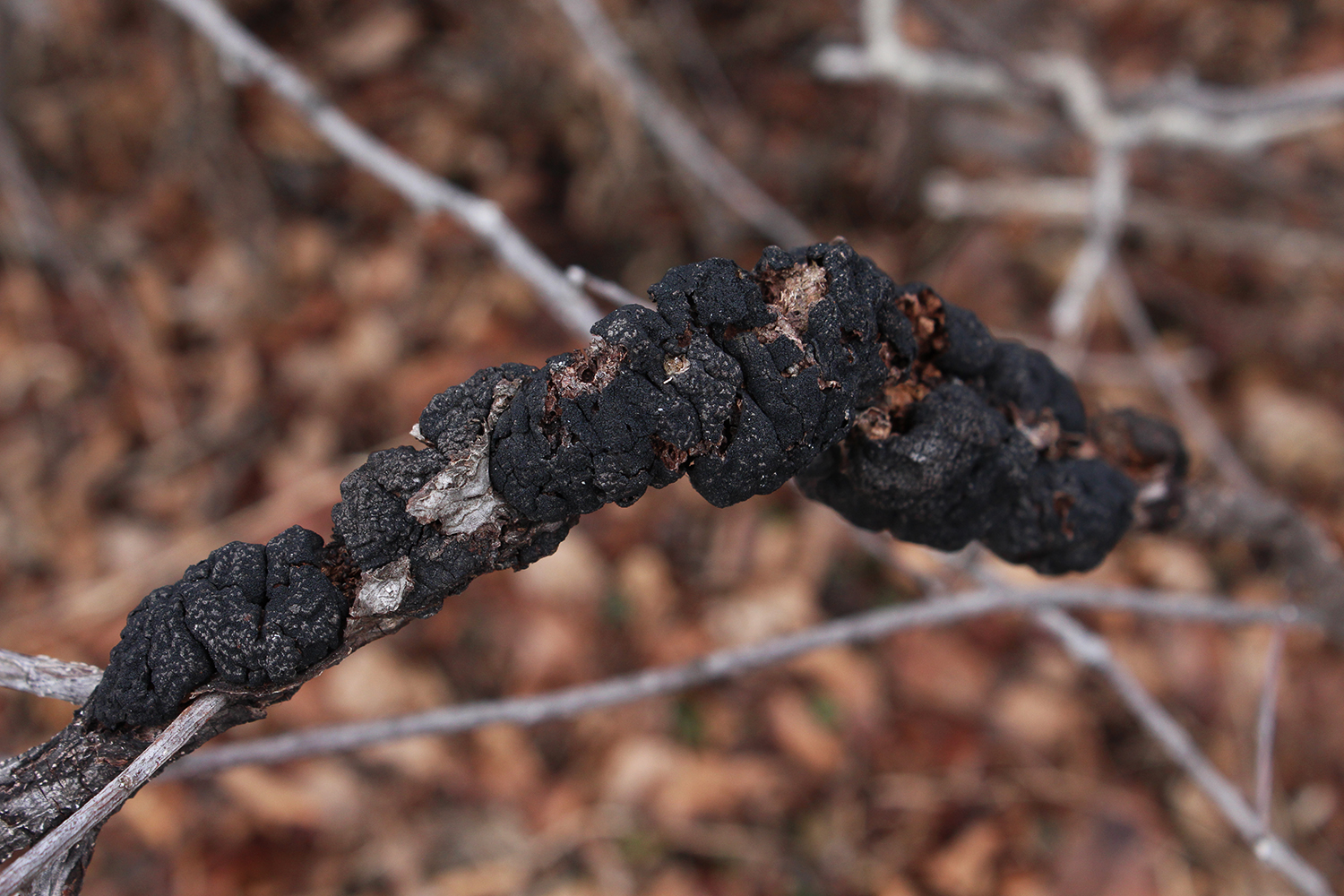
Black Knot Disease Rural Dreams

Black Knot Fungus Preventing Fungal Galls Epic Gardening
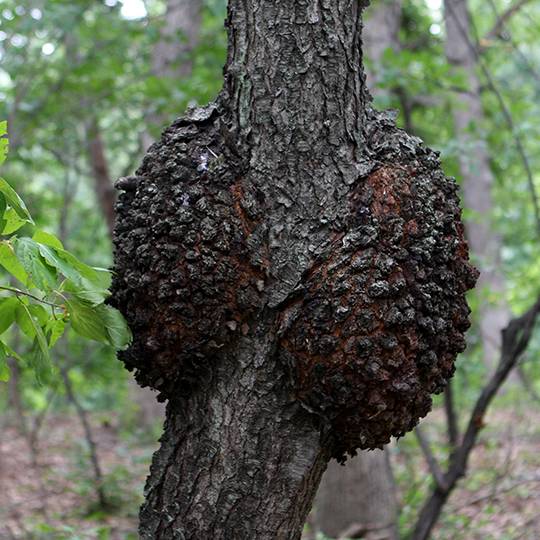
Black Knot Signs Symptoms And Treatment

Black Knot Disease Symptoms Treatment And Control Planet Natural
